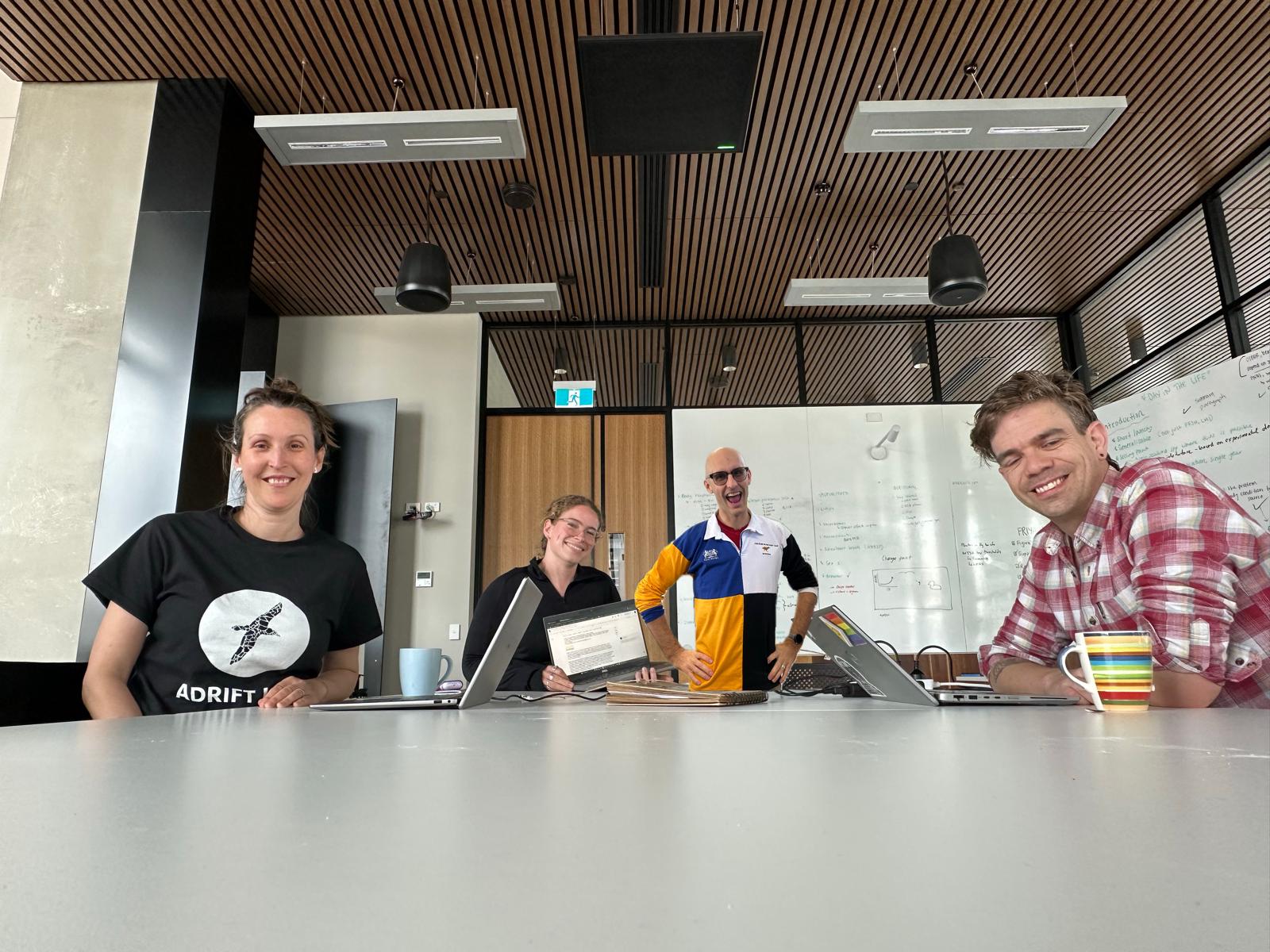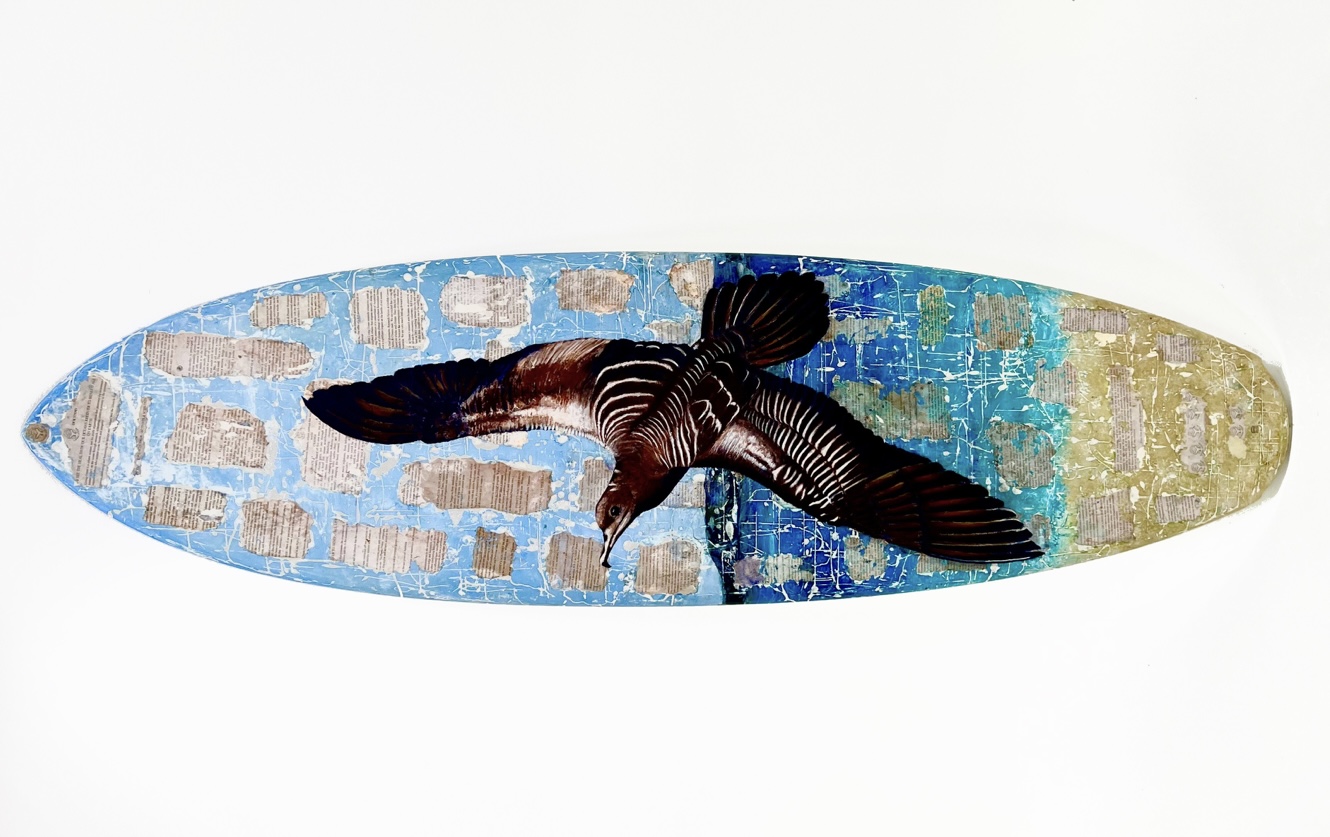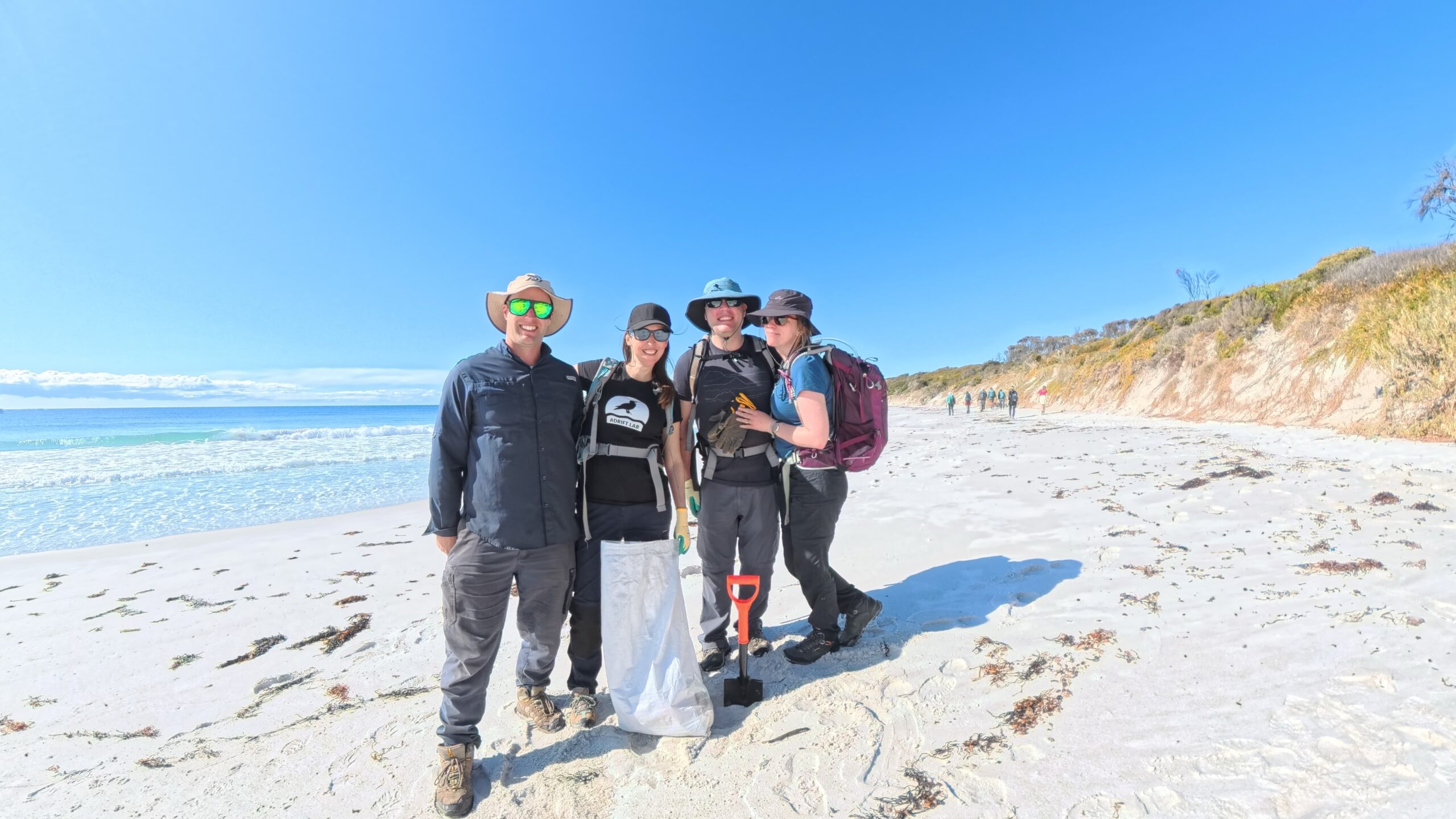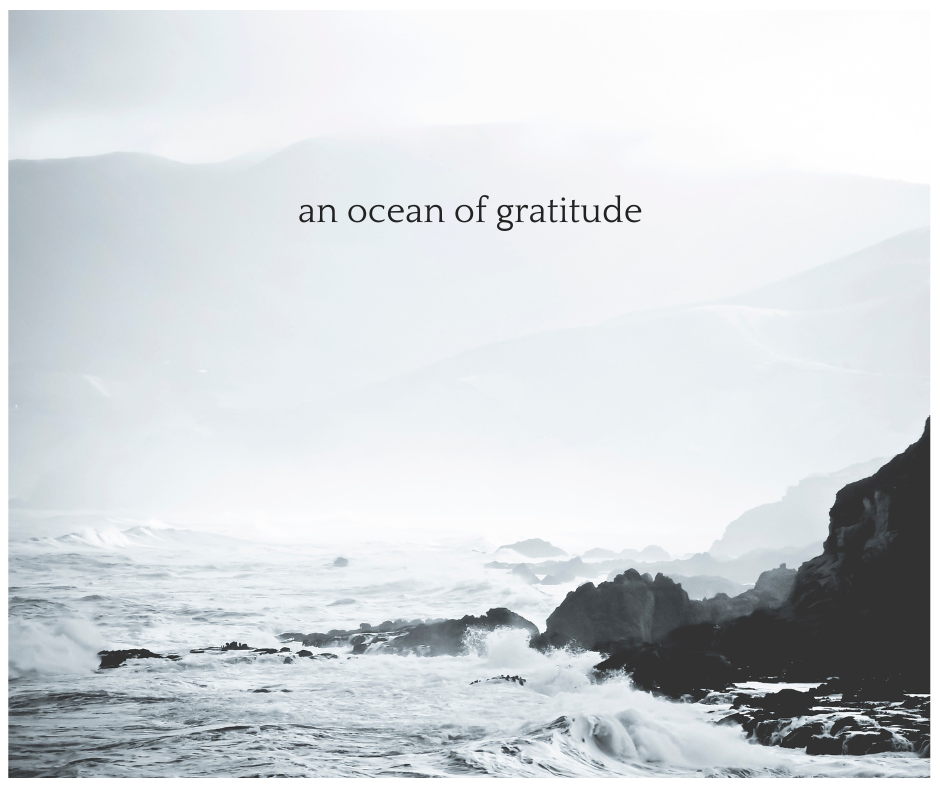NEW PAPER: Long-term decline in fledging body condition of seabirds
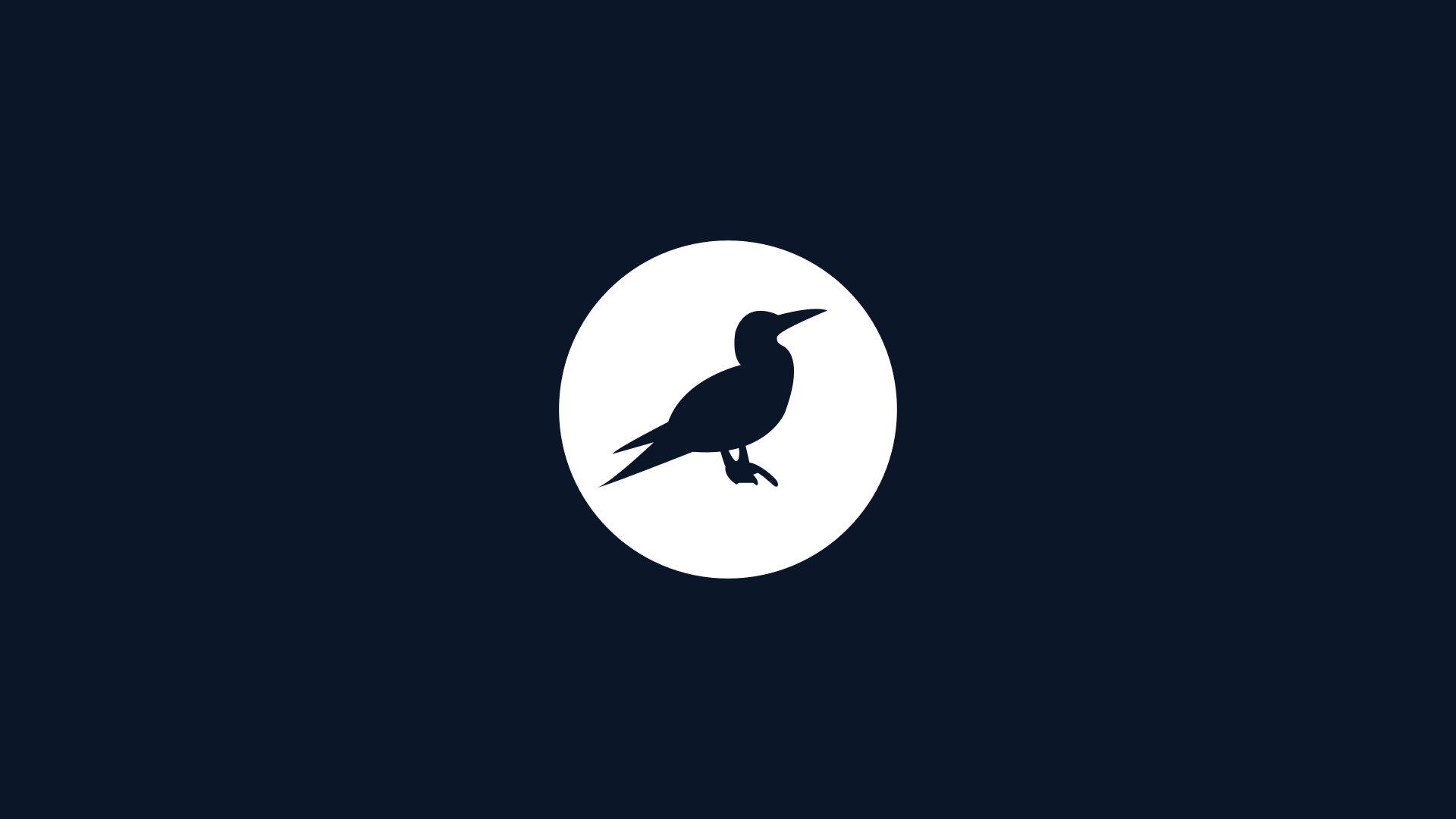
🎉New #AdriftLab paper 🎉 in ICES Journal of Marine Science!! Download it for free (#OpenAccess) here ➡️ https://academic.oup.com/icesjms/advance-article/doi/10.1093/icesjms/fsad048/7083385
So, what did we find? Well, in young seabirds, body mass influences the likelihood of survival in the critical period between nest departure & recruitment to the breeding population. For this study, we measured #shearwater chicks to determine how body condition changed over 13 years (an incredible long-term dataset!).
During 2010–2022, we found chick body mass & 3 measures of size (eg. wing length) declined by up to 0.23 mm/yr with body mass declining by 16 g/yr 📏📉😢 In the main photo (see original link to this post), a healthy chick is shown on the LEFT while an undersized chick which we more commonly observed is shown on the RIGHT.
Overall, the number of chicks fledging (leaving the nest) at <400 g has increased sharply in recent years (see photo below), meaning significant numbers of birds are unlikely to survive after departing the island.
ACKNOWLEDGEMENTS: This paper highlights the value of #LongTermMonitoring, #CitizenScience supported by the incredible #LordHoweIsland community, and critical role #philanthropy has played: literally NONE of this world-class science would have been possible without support from generous donors, especially Detached Cultural Organization and the Ocean Plastic Relay (#DayOf30 -Lynton Mortensen) – we are forever grateful! 😍🐦💙 Huge thanks to Justin Gilligan for providing the stunning (yet sad) images, they made all the difference to this paper! Finally, a massive thanks to the Natural History Museum and Esperance Tjaltjraak for supporting our team.
#seabirds #Morphometrics #OceanHealth #BioIndicator #TippingPoint #BiodiversityCrisis

